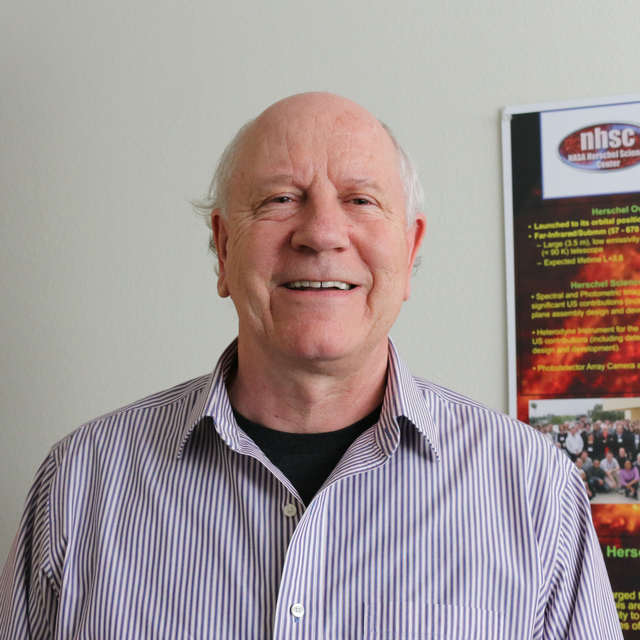May
2014
•
2014A&A...565A..25B
Authors
•
Bitsakis, T.
•
Charmandaris, V.
•
Appleton, P. N.
•
Díaz-Santos, T.
•
Le Floc'h, E.
•
da Cunha, E.
•
Alatalo, K.
•
Cluver, M.
Abstract
•
We present a Herschel far-infrared and sub-millimetre (sub-mm) study of a sample of 120 galaxies in 28 Hickson compact groups (HCGs). Fitting their UV to sub-mm spectral energy distributions with the model of da Cunha et al. (2008), we accurately estimate the dust masses, luminosities, and temperatures of the individual galaxies. We find that nearly half of the late-type galaxies in dynamically "old" groups, those with more than 25% of early-type members and redder UV-optical colours, also have significantly lower dust-to-stellar mass ratios compared to those of actively star-forming galaxies of the same mass found both in HCGs and in the field. Examining their dust-to-gas mass ratios, we conclude that dust was stripped out of these systems as a result of the gravitational and hydrodynamic interactions, experienced owing to previous encounters with other group members. About 40% of the early-type galaxies (mostly lenticulars), in dynamically "old" groups, display dust properties similar to those of the UV-optical red late-type galaxies. Given their stellar masses, star formation rates, and UV-optical colours, we suggest that red late-type and dusty lenticular galaxies represent transition populations between blue star-forming disk galaxies and quiescent early-type ellipticals. On the other hand, both the complete absence of any correlation between the dust and stellar masses of the dusty ellipticals and their enhanced star formation activity, suggest the increase in their gas and dust content due to accretion and merging. Our deep Herschel observations also allow us to detect the presence of diffuse cold intragroup dust in 4 HCGs. We also find that the fraction of 250 μm emission that is located outside of the main bodies of both the red late-type galaxies and the dusty lenticulars is 15-20% of their integrated emission at this band. All these findings are consistent with an evolutionary scenario in which gas dissipation, shocks, and turbulence, in addition to tidal interactions, shape the evolution of galaxies in compact groups.
Appendix A is available in electronic form at
http://www.aanda.orgFull Table 2 and reduced spectra as FITS files are only available at the CDS via anonymous ftp to
http://cdsarc.u-strasbg.fr (ftp://130.79.128.5) or via
http://cdsarc.u-strasbg.fr/viz-bin/qcat?J/A+A/565/A25
Links




